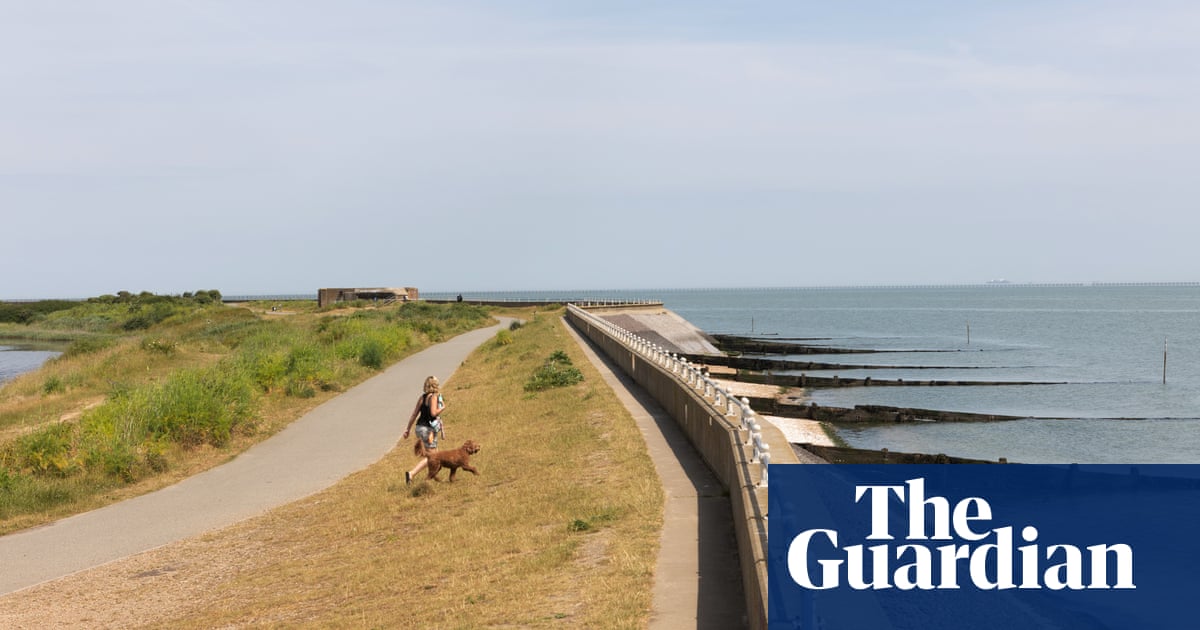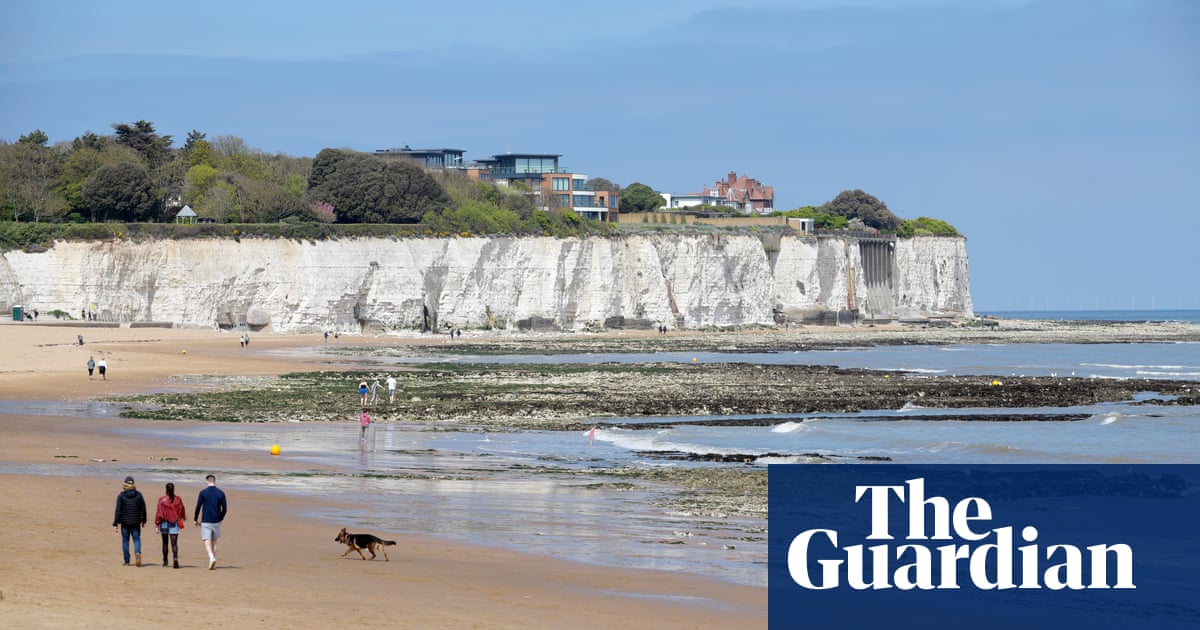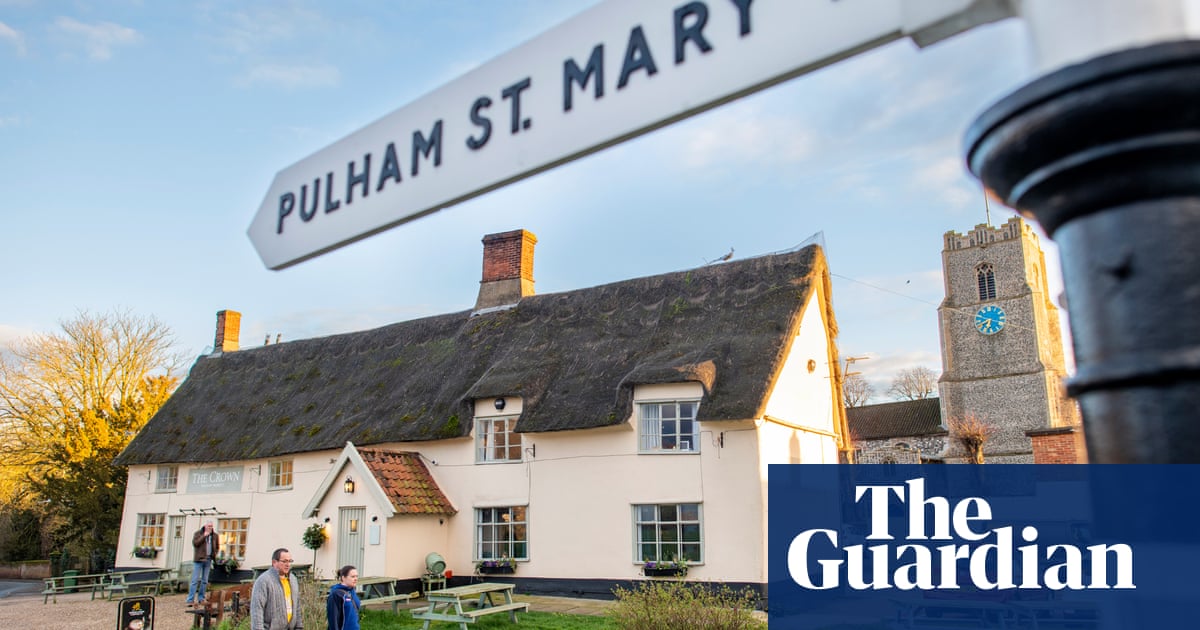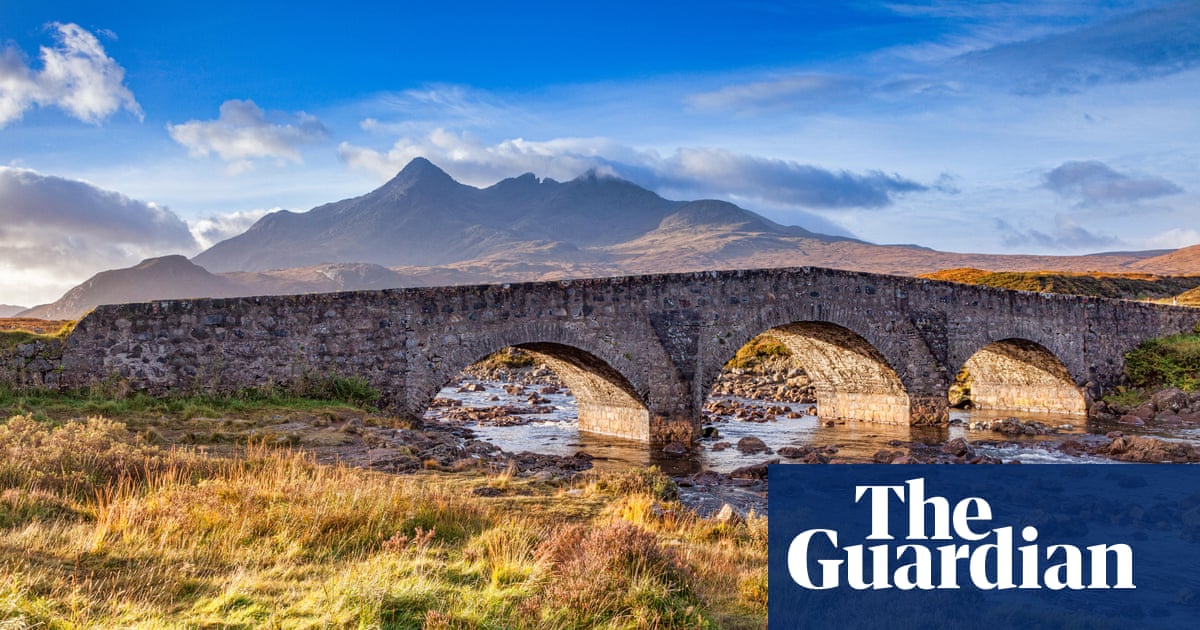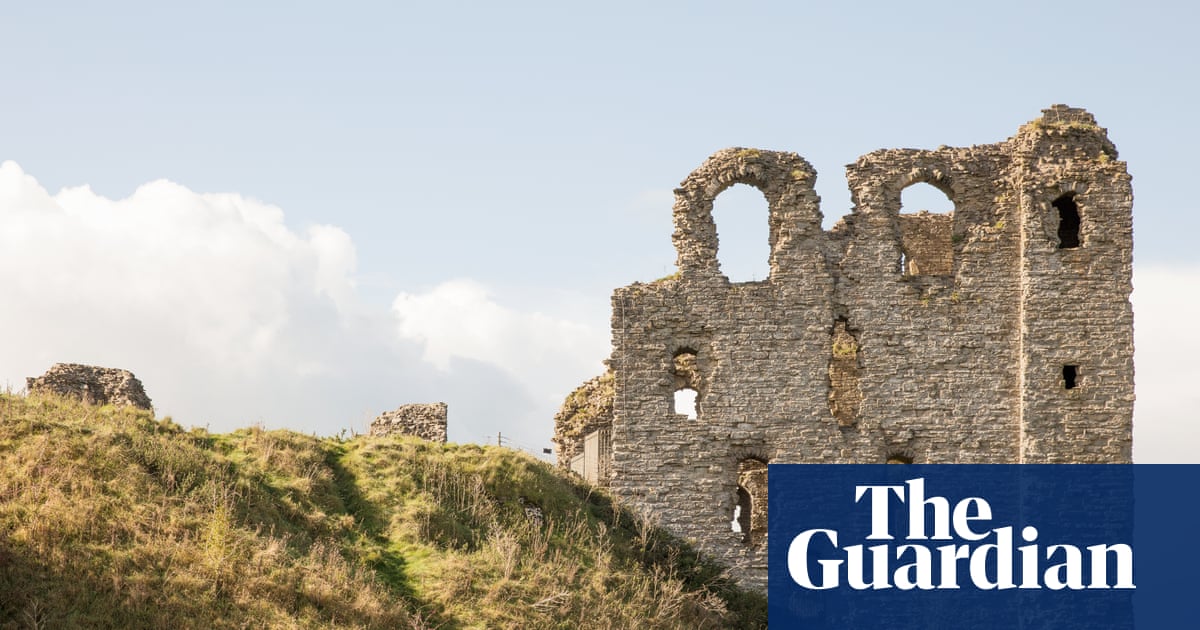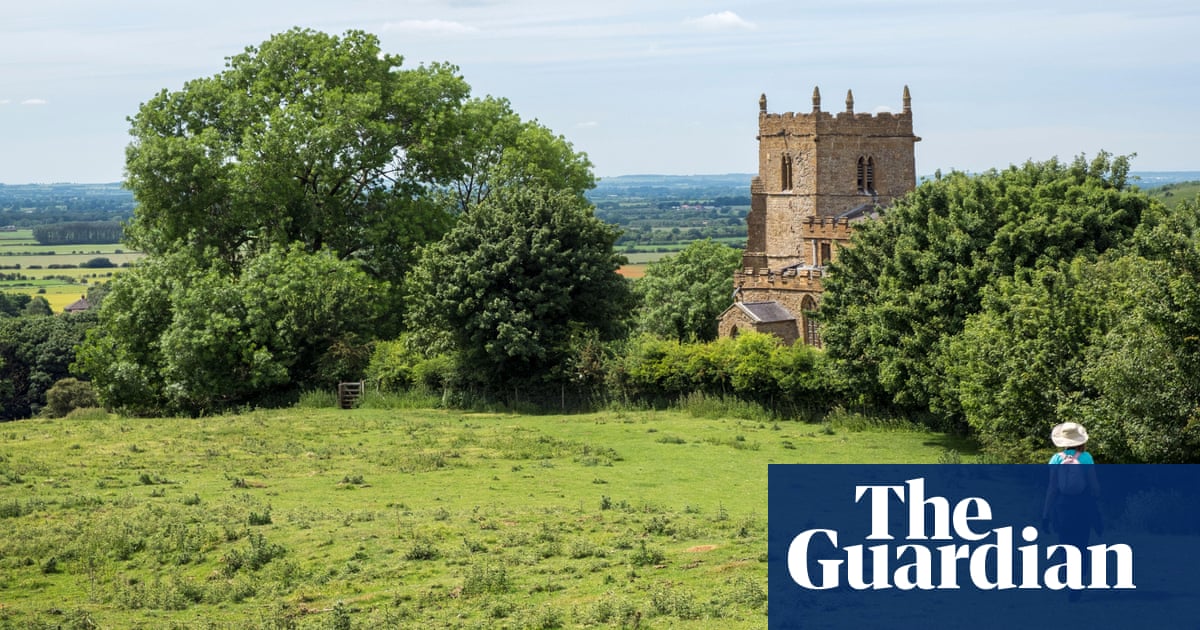
Tealby. Two syllables hinting at 1,600 years of history. The name of this little Lincolnshire wolds spot is thought to mean “village of the Taifali people”. Which is odd, as the east Germanic Taifali tribe hailed from the Carpathian mountains, far from the east Midlands.
It seems that a Roman cavalry unit, the Equites Taifali, was stationed hereabouts in the late fourth century to defend nearby Lindum (Lincoln) – and never left. The Old Danish “-by” (“farmstead” or “village”) was added by the Vikings, who later settled here.
And modern-day Tealby, home to 600 people, a shop and a primary school founded by the uncle of Alfred Lord Tennyson, is one of the loveliest villages in this Area of Outstanding Natural Beauty. It clings to the wolds’ western edge, above the River Rase, which was once dotted with watermills. There are 27 listed buildings in the village, some of which were smithies or dressmakers’ workshops. Many are built from Tealby limestone, with its honey-marmalade hue. One is built of whitewashed rubble and thatch: the Kings Head pub. This 14th-century inn is a good starting point for a walk north and back along some of the wolds’ loftiest reaches, the highest ground in eastern England between Yorkshire and Kent.
I start by winding through the village, via neat cottages, the Vintage Tearooms and a lane called The Smooting (“narrow passage”), another Danish remnant. A volunteer-run shop sells everything from tins and toiletries to tourist info. Most tempting are goodies from the Choowee Cookie Company – the baker who makes them in nearby Market Rasen is there, dropping off a fresh batch. “They’re our bestseller,” the woman behind the till confirms.
I resist and walk on, past the village hall which, like the school, was given to Tealby by Charles Tennyson. His father, George Tennyson, owned land here, but disinherited his eldest son, George Clayton Tennyson, who became a rector, and raised his family – including poetic son Alfred – in tiny Somersby, in the southern wolds.
Meanwhile, ambitious Uncle Charles, eager for a peerage, added the noble d’Eyncourt to his name and built the gothic-style Bayons Manor outside Tealby, starting in 1836. In the end, Lord Alfred got the title; the manor fell into disrepair and was demolished in the 1960s. Only ruins remain.
There’s a memorial to Charles in Tealby’s 12th-century All Saints church. But I’m more taken by the facilities. A parish meeting is under way and a woman says the kettle’s boiled and would I like a cup of tea? “We have toilets too, put in last year!”
But it’s time I joined the Norse men, so I continue north, picking up the Viking Way. This long-distance trail spans 147 miles of Danelaw land from the Humber to Rutland. Today it’s taking me across rolling hills as far as Normanby le Wold, at 145 metres the highest village in the area of outstanding natural beauty.
First, I reach Risby, an ancient settlement and home to crimp-haired, lustrous Lincoln longwool sheep. There are only 700 breeding ewes left in Britain, and 50 live here. Farmers Ian and Louise Fairburn have been keeping these pure-breeds since 2004 and their shop-cum-info hut is festooned with best-in-show rosettes. It also sells balls of wool, Risby beeswax candles and local Dennetts ice-cream.
After encountering the sheep, I suddenly find myself among a herd of red deer, which are farmed in the valley. They pause grazing and follow me as I cross their field. Beyond is another treat: I discern the ghostly lumps of a shrunken medieval village. Lincolnshire is pitted with such abandoned settlements, an earthen Braille hinting at the past.
Just behind, the tower of Walesby’s All Saints – known as the ramblers church – peeks out. It was built high on a hill in the 12th century, gazing across to the distant spires of Lincoln cathedral. A stained-glass window depicting knapsack-toting ramblers was installed by the Grimsby and District Wayfarers Association in 1951.
From here it’s a short walk back to Tealby, a loop of about four miles. But I continue through Walesby and head north on what will be a nine-mile, bow-tie-shaped route. Ahead lie fields with far-reaching views that lead me to the tiny, windswept village of Normanby.
Here I veer west, edging the woods, descending to Claxby, another former Viking settlement. Then there’s a quiet lane south, before I head up alongside the wood once more, following a wide track back to the Viking Way. I’m not on the same path for long. I leave Walesby via a different trail, squeezing through a stone stile and return to Tealby by a lower path, beneath the stepped-brick battlements of Castle Farm. I meet the Lincoln longwools again, grazing like permed Dougals, dolled up for a night out.
I’m told the Kings Head was always a pub where farmers brought sheep. Perhaps I could invite a longwool to dinner?
Google map of the route
Start The Kings Head, Tealby, Lincolnshire
Distance 9 miles
Time 4 hours
Total ascent 312 metres
Difficulty Easy/moderate
View the route at OS maps
The pub
“There are definitely ghosts,” says Sol Pickwell Nicolaou, who has owned the Kings Head with his husband John since 2012. “But friendly ghosts.”
Perhaps that’s to be expected from Lincolnshire’s oldest thatched pub, built in 1367, which has regained its reputation as a foodie destination since they toook over. Sol says: “We source as much as we can locally. We use local game during the season and our chefs have been known to go foraging.” Homemade pies and blade of Lincolnshire beef are among the dishes; the fish platter is a feast.
“My favourite is the twice-cooked pork with stilton,” Sol adds. Decor is modern-traditional – low ceilings and tartan-carpet floors – with a large beer garden outside.
thekingsheadtealby.co.uk
Where to stay
Clematis Cottage, in the centre of Tealby, sleeps four, from £345 for four nights. Or groups could try the Viking Centre in Claxby, which offers sole-use hostel accommodation across four dorms, sleeping 20, from £120pn.




